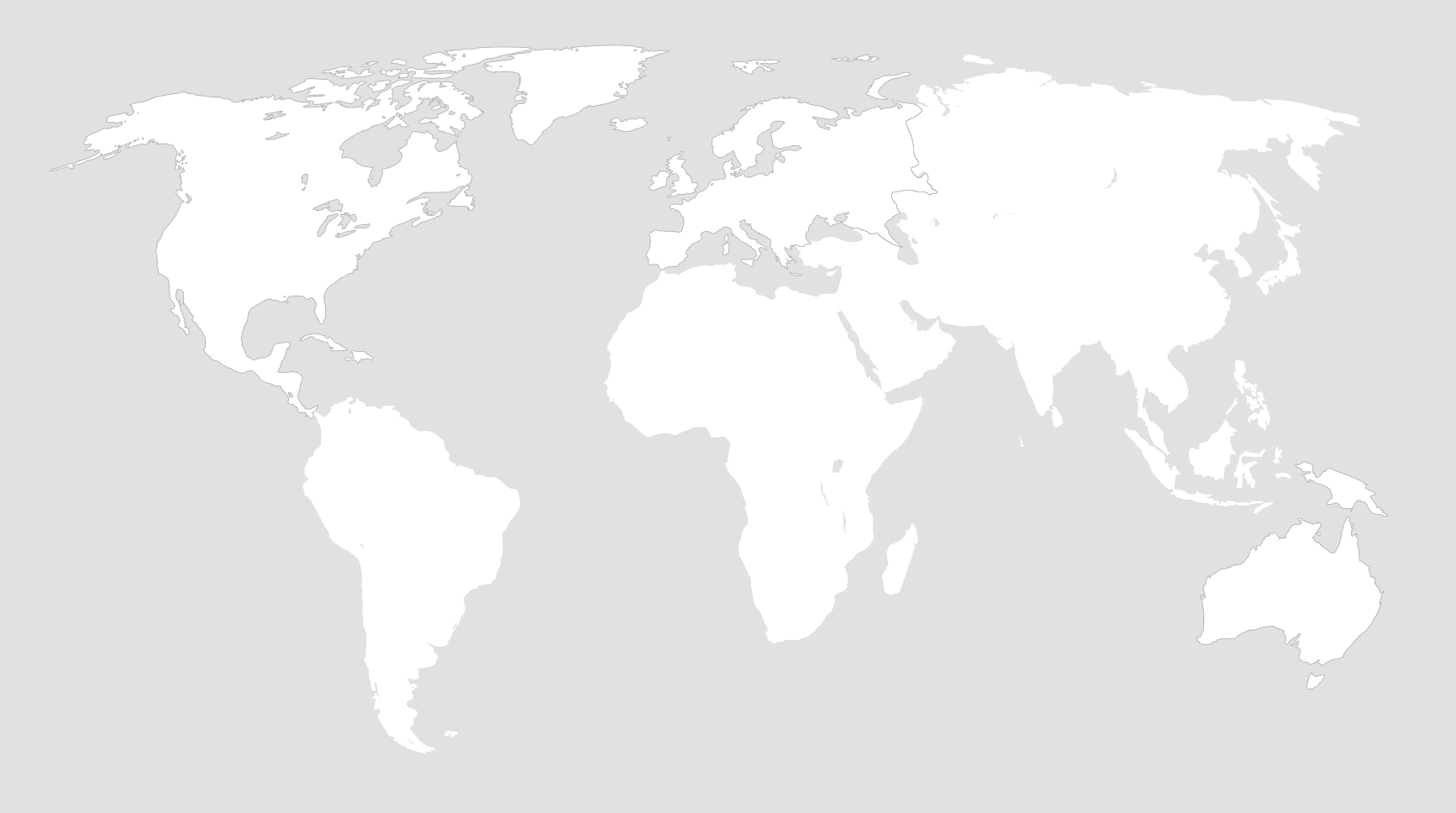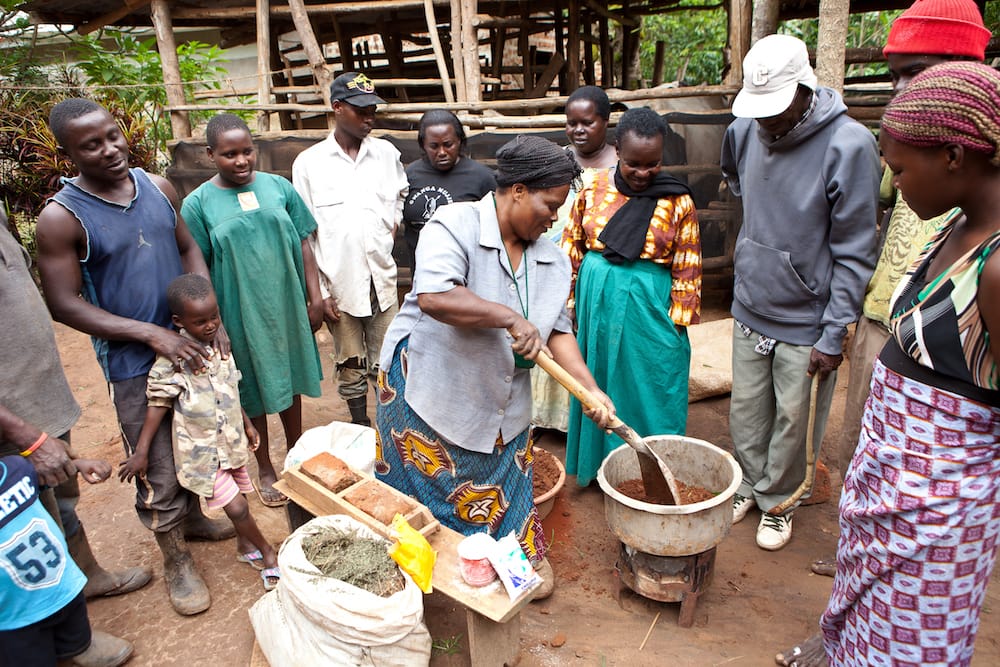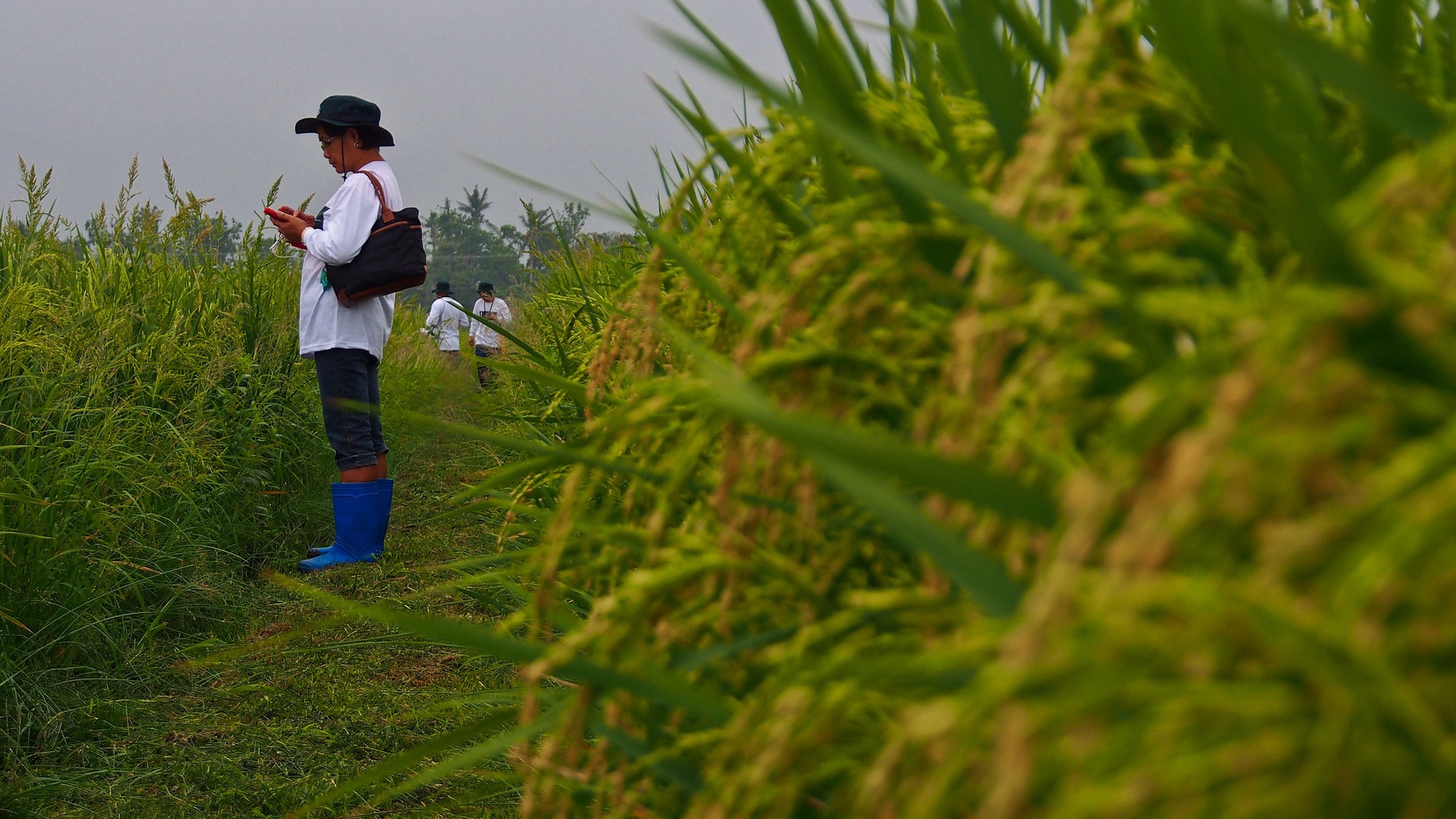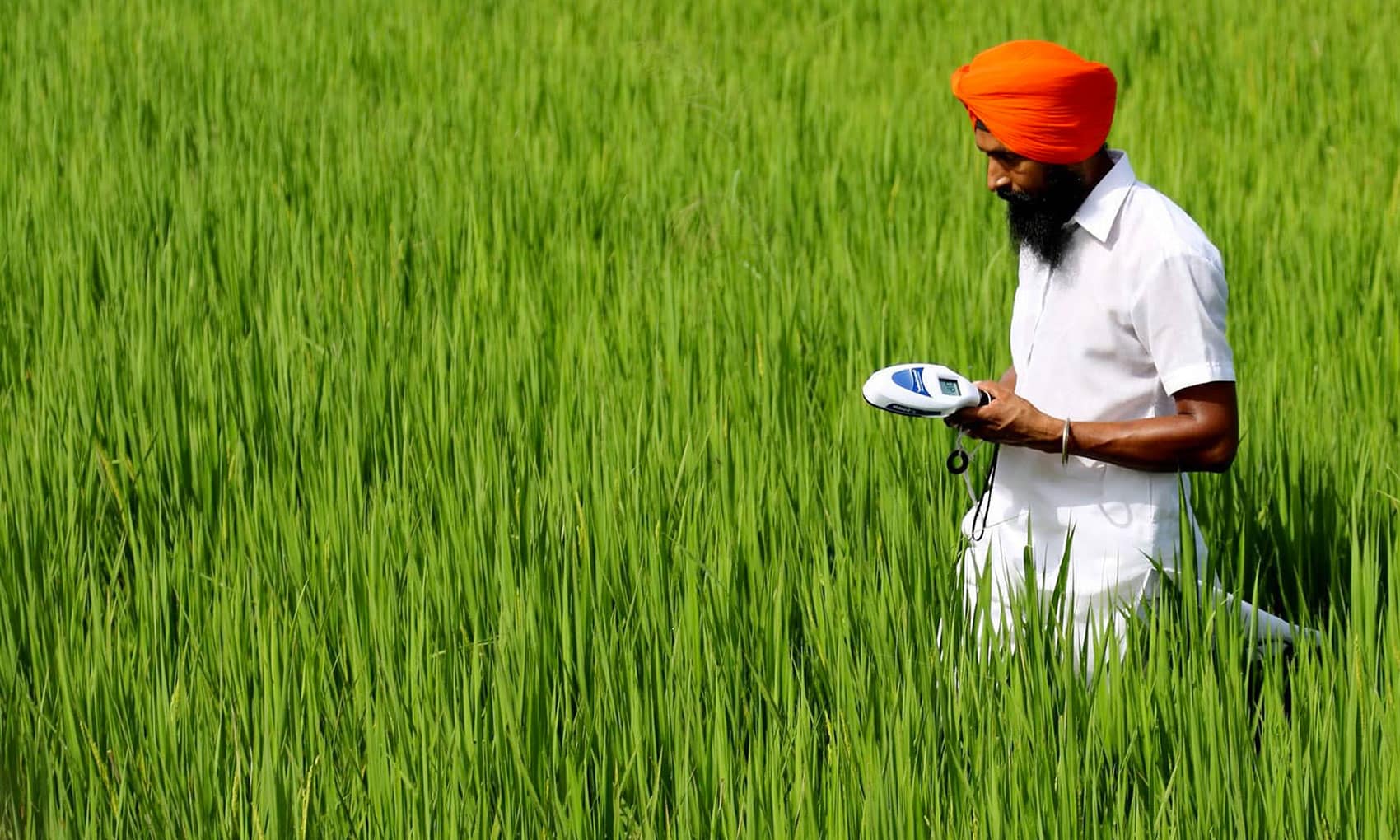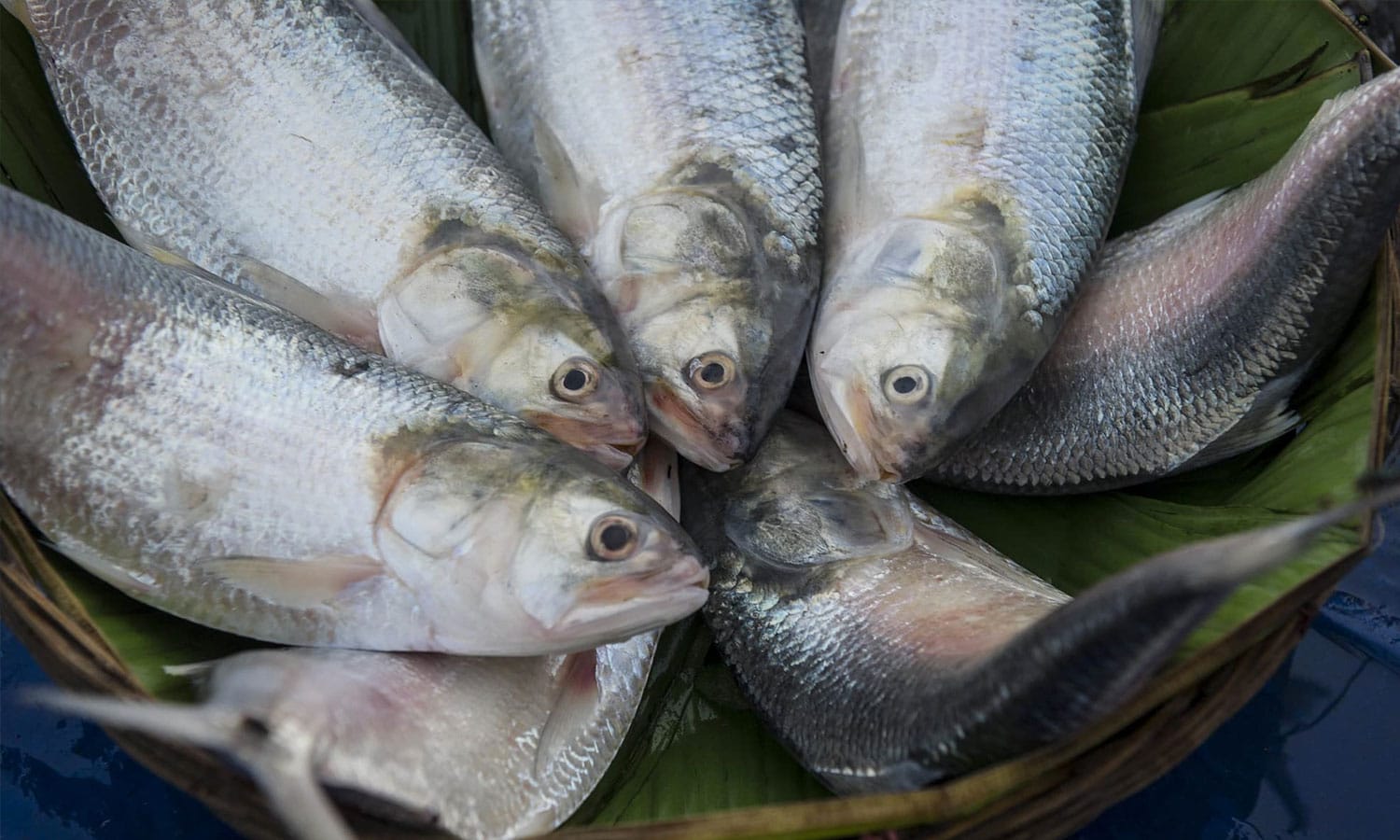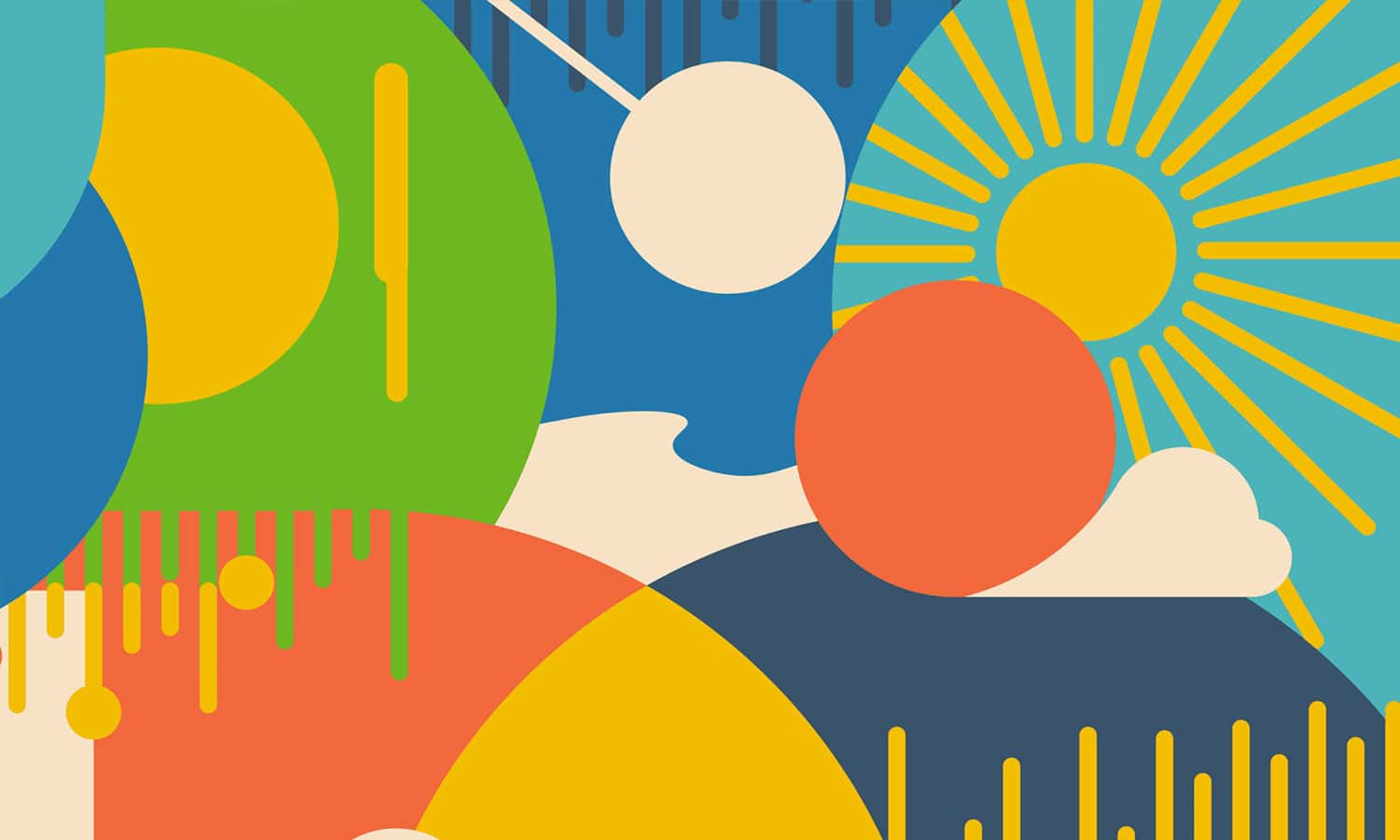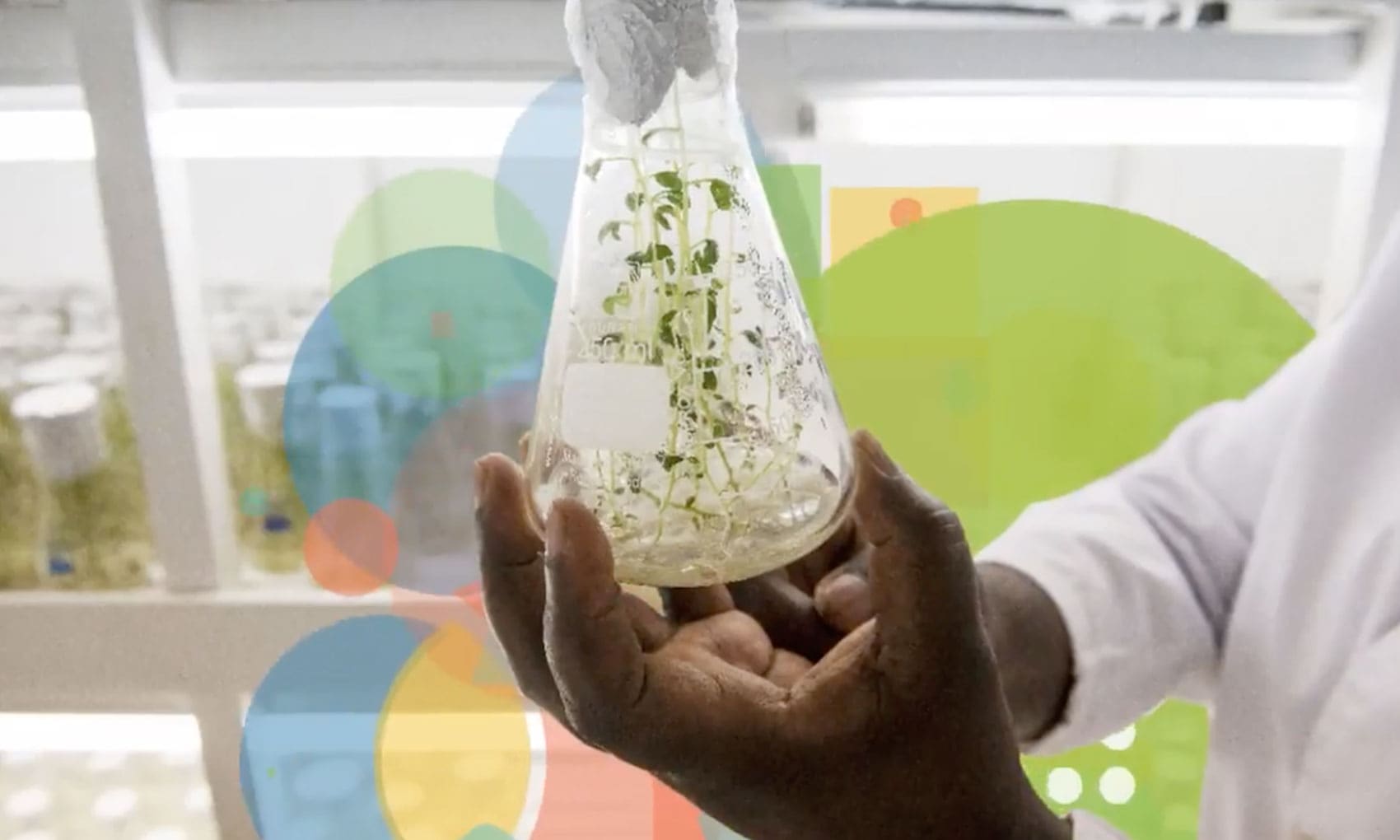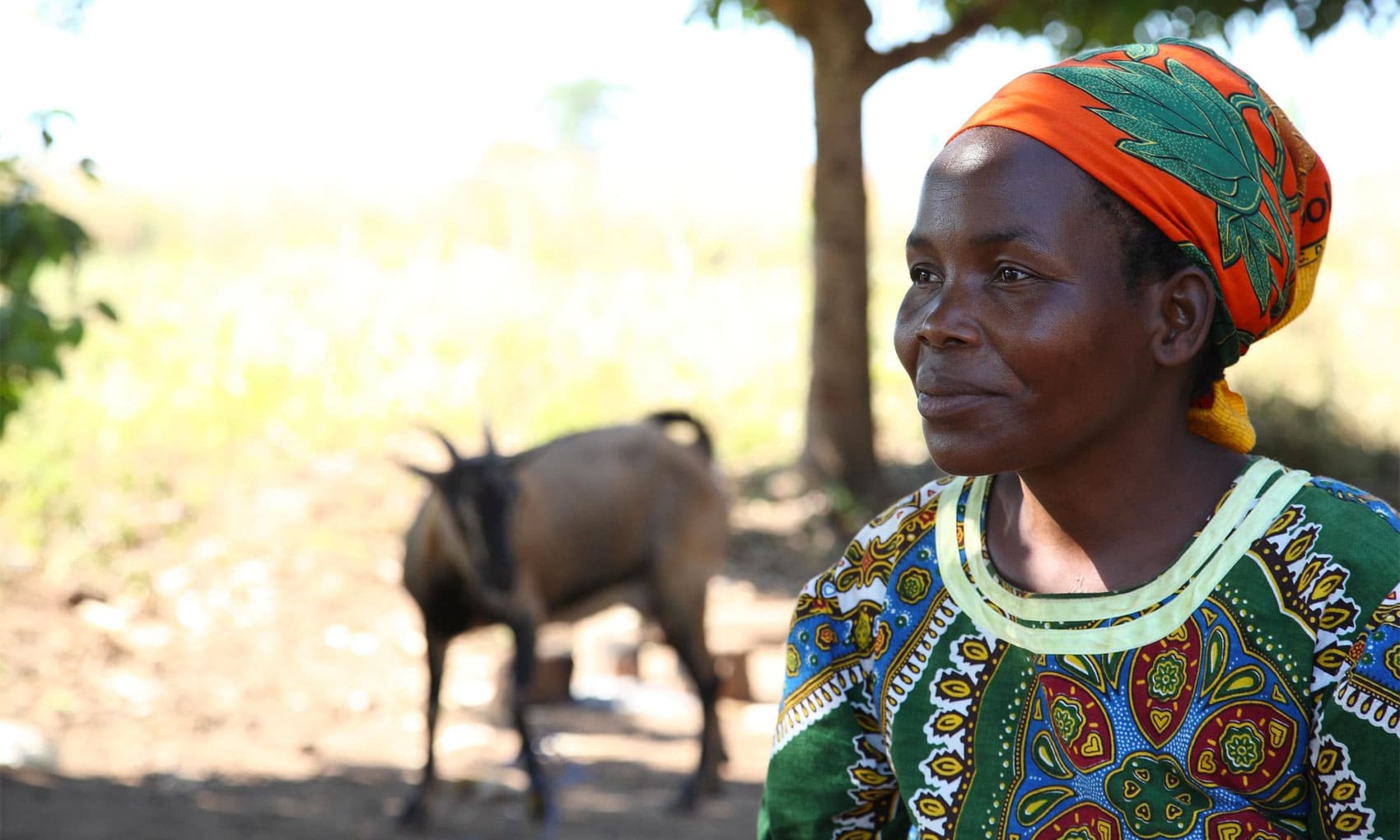Water and nutrients are precious resources in agriculture, yet through conventional linear models they are often used once and discarded. CGIAR researchers at the International Water Management Institute (IWMI) have developed several innovative circular economy models for the safe reuse of wastewater and nutrients, supporting waste reduction, improved human and environmental health, and better livelihoods.
More than 20 innovative business models for domestic waste and wastewater management have been developed and promoted by CGIAR researchers at IWMI, including models to reduce waste volumes and burdens, and increase resource recovery. Many of these low-cost approaches have already been taken up by public-private partnerships.
In Sri Lanka, a new sanitation policy informed by CGIAR research at IWMI in partnership with government opened the door for business opportunities in treating and reusing septic waste. Without access to sewerage, around 96% of households in Sri Lanka depend on septic tanks and other onsite waste management systems, and less than 10% of septic waste is treated, contributing to land and water pollution, and posing a threat to human health.
CGIAR research on wastewater has informed global guidelines to the benefit of the 885 million urban residents exposed to food produced with unsafe irrigation water
By recognizing septic waste as a resource, the new policy allows for businesses to treat and reuse septic waste by recovering wastewater for irrigation, creating safe fertilizer pellets for crops, or making fuel briquettes that can be burned for energy. This has the potential to reduce the waste burden, support agriculture, and create new opportunities for livelihoods.
In Ghana, CGIAR research at IWMI has contributed to a national irrigation policy in support of wastewater reuse, and to national guidelines on fertilizer subsidies, with the inclusion of waste-based composts. The research has also supported the establishment of three new public-private partnerships that can safely transform organic and/or human waste into fertilizer and fuel.
IWMI’s models for resource recovery and reuse (RRR) have been translated into tertiary curricula adopted by seven leading universities across Asia, Africa, and Europe.
Research into the safe reuse of wastewater in agriculture has had global impact, informing food safety guidelines developed by the World Health Organization, the Food and Agriculture Organization of the United Nations (FAO), and the United States Agency for International Development (USAID), benefiting the 885 million urban residents exposed to food produced with unsafe irrigation water.
Header photo: Dried faecal matter being processed to produce fertilizer pellets in Bangladesh. Photo by N. Palmer/IWMI



